Resources
Blog
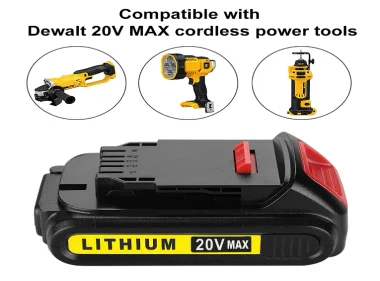
How Charge Algorithm Are Evolving in 2025:Implication for Tool Battery
Charging speed, safety, and lifespan are no longer defined solely by cell chemistry — they’re now shaped by software. In 2025, power-tool batteries and chargers entered a new era where adaptive, machine-learning-based charging logic determines how efficiently and safely a pack can recover energy. These evolving algorithms don’t just shorten downtime; they reshape warranty risk, compatibility standards, and procurement strategy across the entire cordless ecosystem. Understanding how these smart systems think — and how to validate them — has become essential for OEMs, aftermarket vendors, and fleet operators seeking to stay competitive and safe in the new charging landscape.
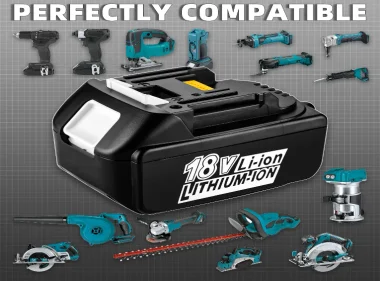
Thermal Runaway Research: New Findings Relevant to Power-Tool Packs
This guide condenses current thermal-runaway (TR) research into practical insights for pack engineers, safety officers, fleet operators, aftermarket suppliers, and repair technicians. It outlines reproducible validation tests, transparent supplier requirements, and response protocols designed to reduce liability, improve pack safety, and enable data-driven procurement decisions.
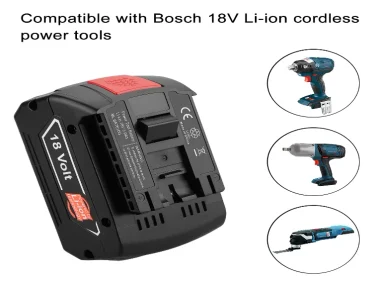
Understanding Bosch C3 Charger Failure Code — Seller Diagnostic Guide
This guide provides a consistent diagnostic framework for Bosch C3 chargers — decode LED patterns, perform field triage, follow safe bench-testing steps, and decide between repair or replacement. It’s designed for e-commerce sellers, warranty processors, and B2B technicians seeking to reduce false returns, improve turnaround speed, and maintain traceable service records.

Dyson Cordless Vacuum Batteries: Real Cycle Life & Buyer Insights
You charge for hours, press the trigger, and get barely five minutes of runtime. OEM batteries cost nearly as much as a new vacuum, while cheaper third-party options feel like a gamble. Users face three recurring pain points: steep OEM pricing, fake capacity claims, and short-lived aftermarket packs that fade fast. This guide bridges that frustration with verified cycle-life data and practical buyer insights.
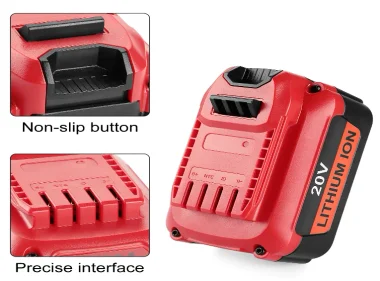
Why Some Replacement Pack Don’t Trigger Tool Firmware — Tech Breakdown
When a replacement battery won’t “wake” a cordless tool, the issue is usually a failed handshake between the tool’s firmware and the pack’s BMS—not dead cells. The tool requests ID/thermistor/auth data; if values, timing, or protocols don’t match (wrong ID resistor, thermistor curve, pin map, EMI, or encrypted auth), power is locked out. Safe fix: never bypass the pack; do OEM swap-tests, log OCV and thermistor readings, scope the handshake, and require vendors to provide mapping and validation in contracts.
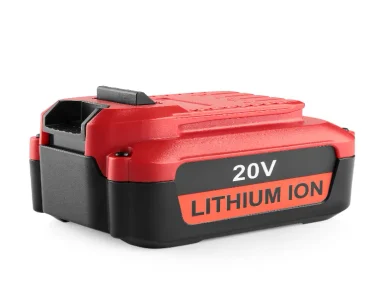
Is a Universal Power-Tool Battery Format Coming?
There’s no universal format today. Expect limited adapter projects and voluntary alliances in the next 0–2 years, regional pilots in 3–5 years, and real convergence only beyond 5+. For now, flexibility wins: maintain multi-brand inventories, require pack-plus-charger testing, and write firmware/telemetry clauses into contracts so you scale based on data, not speculation.
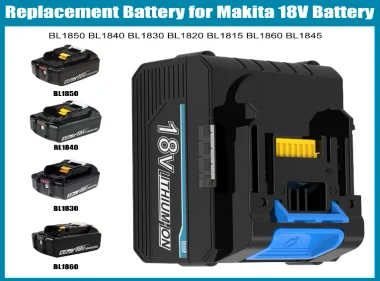
Battery Trends 2025–30: Na-ion, Solid-State & Smart BMS Reshape Tools
Battery roadmap 2025–2030: Sodium-ion batteries will become cost-effective in low/medium power and stationary energy storage scenarios from 2026–2028, while solid-state batteries will remain in the demonstration stage rather than large-scale commercial use from 2028–2030. Battery Management Systems (BMS) will evolve from passive protection to proactive fleet intelligence (wireless telemetry, SoH analysis, signed OTA). Recommended products/procurement: Immediately launch small-batch sodium-ion + BMS pilot projects (N≥10), mandating "pack + BMS" as the acceptance unit, incorporating KPIs such as handshake/temperature control/cycle/thermal increment, and including firmware signing, telemetry SLA, and batch traceability clauses in contracts; solid-state batteries should only undergo rigorous flagship-level verification. Gradually scale up production in stages (laboratory → controlled field pilot → threshold-based large-scale), making decisions based on data rather than manufacturer hype.
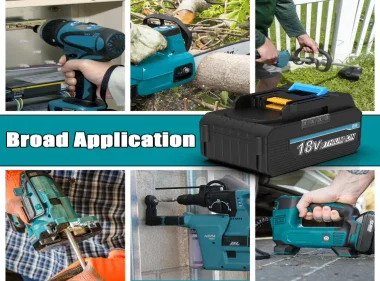
The Cordless Revolution: How Li-Ion Batteries Transformed Power Tools
The cordless revolution began when lithium-ion replaced cords and Ni-Cd inefficiency with true mobility and power. Before lithium, tools were heavy, short-lived, and suffered from memory effects; Li-ion changed everything—tripling energy density and halving charge time between 2000–2025. Six key forces drove transformation: higher Wh/kg (freedom through power), unified tool platforms (Ryobi ONE+), brushless motors, pro cordless adoption, DIY democratization, and smart BMS/IoT integration. These advances reshaped design, ergonomics, and the global supply chain, shifting innovation from torque to chemistry and data. Sustainability now means reuse, recycling, and safer chemistries like LFP and solid-state. Fleets and buyers must standardize platforms, verify BMS and cell specs, and require certified, traceable batteries. Lithium-ion isn’t just a component—it’s the invisible engine of modern innovation. XNJTG supports this new era with premium, OEM-compatible Li-ion batteries built for durability, safety, and performance.
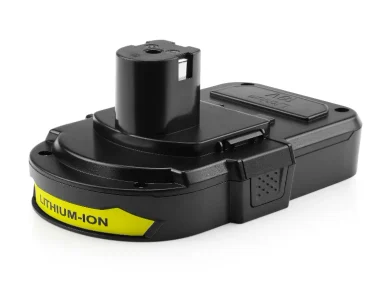
Charging Habits That Kill Ryobi Batteries Faster (And How To Avoid)
Identify the charging habits that accelerate Ryobi ONE+ 18V battery aging, explain the failure mechanisms in plain English, and give prioritized, copy-paste SOPs and measurable thresholds fleets and homeowners can adopt immediately.

Extend Ryobi Battery Life: 5 Simple Habits That Actually Work
If your Ryobi packs are losing runtime, small daily habits will make a real difference. This guide gives five practical, low-effort habits—shallow charging, sane storage, temperature control, cool-before-charge, and clean contacts—plus charger best practices, fleet logging templates and an ops-ready checklist crews can implement today to reduce downtime and extend pack life.

What Does the Ryobi Battery BMS Actually Do — Plain-English Guide?
A non-technical, safety-first explanation of the Battery Management System inside Ryobi ONE+ packs — what it protects, what symptoms to watch for, and exactly what frontline users and fleet managers should do.

Cold Weather Impact on Ryobi ONE+ Batteries: Real Results & Protocols
A safety-first, reproducible field & lab protocol to measure how cold affects Ryobi ONE+ packs, practical interpretation of results, and immediate SOPs fleets and homeowners can use to avoid cold-related failures and hidden life loss.
Let our battery power your success
Transform your path to success with our advanced battery technologies, while enjoying the perks of free technical guidance and tailored design services to meet your unique requirements.